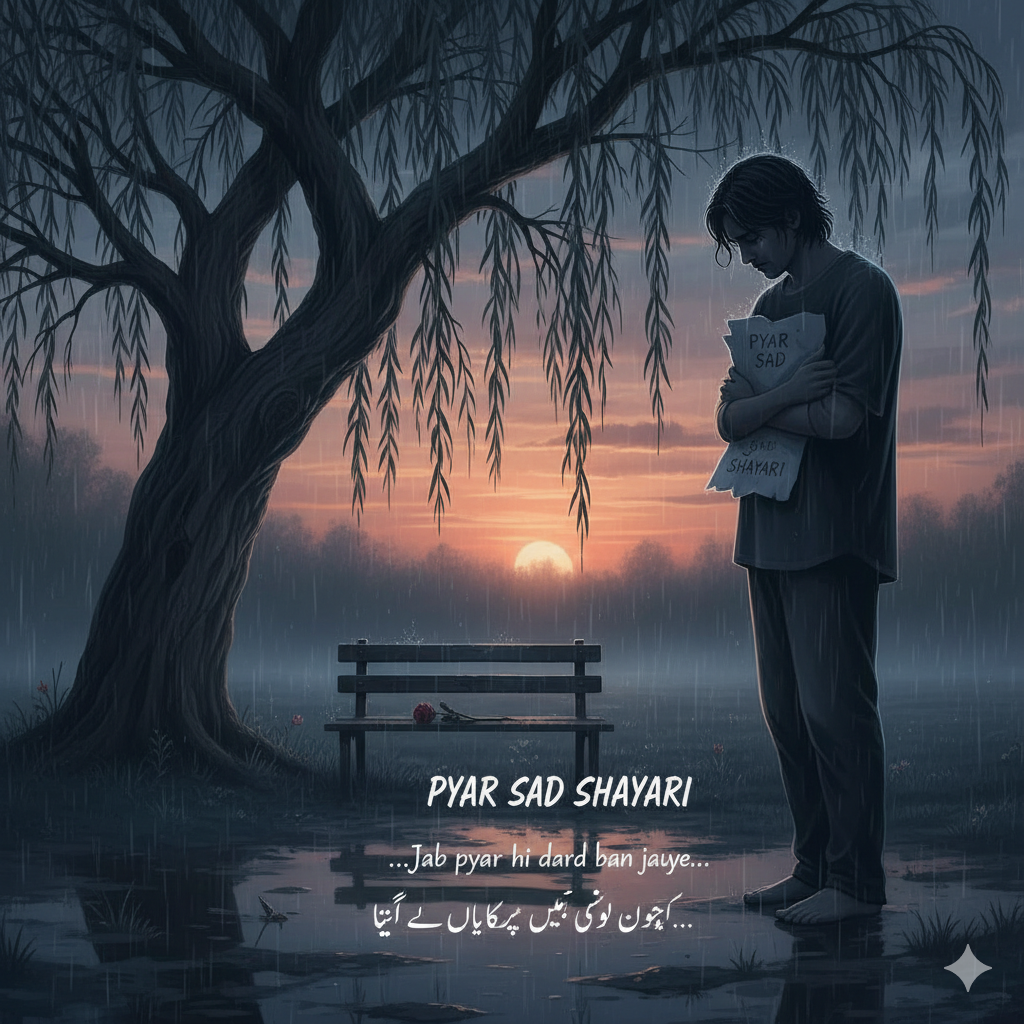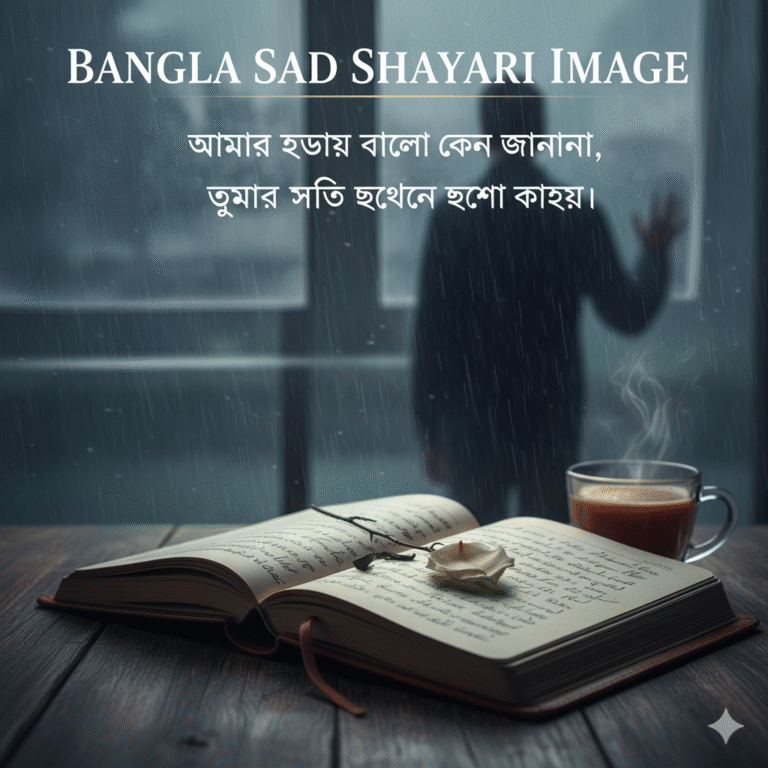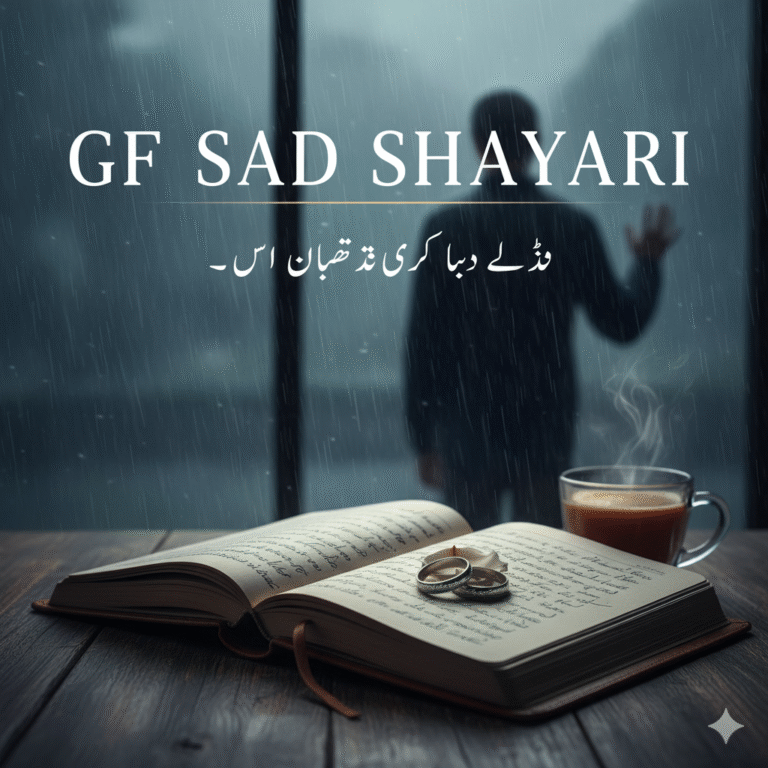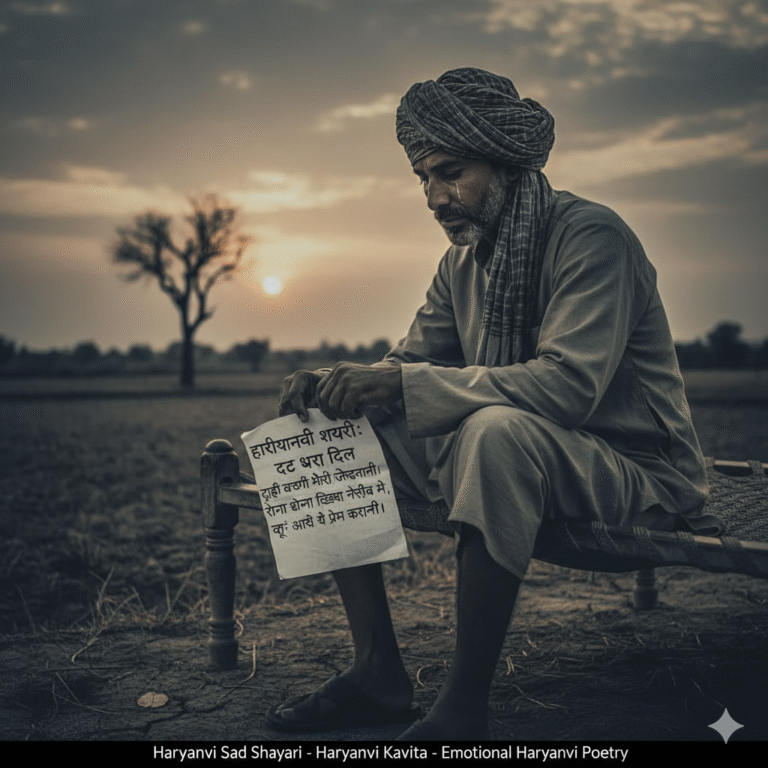Pyar Sad Shayari: The Art of Expressing Heartbreak Through Poetry
Love is one of the most profound emotions experienced by humans, and with love often comes pain. The depth of this sorrow has found expression in countless literary forms across cultures, but in Indian literature and social expression, pyar sad shayari has emerged as a poignant form of capturing heartbreak, longing, and emotional intensity. Rooted in Urdu and Hindi poetic traditions, shayari transcends mere words, becoming a medium that communicates the unspeakable aspects of love. In this article, we explore the history, significance, and cultural impact of pyar sad shayari, along with its contemporary relevance, regional influence, and the emotional landscapes it shapes.

Understanding Pyar Sad Shayari
Pyar sad shayari refers to romantic poetry specifically centered around themes of heartbreak, separation, unrequited love, and emotional distress. The term “pyar” means love, while “shayari” is a form of Urdu poetry characterized by lyrical and expressive language. When combined with the theme of sadness, shayari evolves into a medium that allows individuals to articulate feelings of loss, longing, and vulnerability.
Unlike standard romantic expressions, sad shayari often delves into the introspective and melancholic dimensions of love. It offers a cathartic experience for both the poet and the audience. For millions of people, these verses serve as a mirror to their own emotions, providing solace and a sense of understanding.
Historical Origins of Shayari
The tradition of shayari dates back to centuries, with deep roots in Persian, Arabic, and Urdu literature. During the Mughal era in India, poetry flourished as a sophisticated art form, encompassing ghazals, qasidas, and nazms.
Sad shayari, particularly, gained prominence as poets began exploring the themes of unattainable love, longing, and heartbreak. Renowned poets like Mir Taqi Mir, Mirza Ghalib, and Faiz Ahmed Faiz became iconic figures, immortalizing the pain and beauty of love through intricate language, metaphor, and rhythm. Their works often reflected the social and political milieu of their times, showing that heartbreak was not only a personal experience but also a cultural and existential theme.
Key Features of Pyar Sad Shayari
Pyar sad shayari is characterized by several distinctive features:
-
Emotional Depth: The verses often convey intense feelings of love, loss, and melancholy.
-
Linguistic Elegance: Poets employ metaphors, similes, and evocative language to convey subtle emotional nuances.
-
Universality: Despite cultural and regional specificity, the emotions expressed are universally relatable.
-
Conciseness: Shayari often uses few words to express profound emotions, making each line impactful.
-
Musicality: Rhythm and rhyme play an important role, making the verses memorable and suitable for oral performance.
These features allow sad shayari to resonate with audiences across generations, turning personal grief into shared emotional experience.
The Objectives of Pyar Sad Shayari
At its core, the creation and consumption of pyar sad shayari serve multiple objectives:
-
Emotional Catharsis: Writing or reading sad shayari helps individuals process heartbreak and emotional distress.
-
Cultural Preservation: Sad shayari maintains linguistic and literary traditions, keeping Urdu and Hindi poetry alive.
-
Social Connection: Through shared experiences of love and loss, readers feel a sense of belonging and empathy.
-
Inspiration: Many contemporary artists and lyricists draw inspiration from traditional sad shayari to create music, literature, and films.
Regional Impact of Pyar Sad Shayari
Sad shayari is particularly significant in South Asia, especially India and Pakistan, where it has permeated literature, cinema, and popular culture. Regional variations reflect local dialects, social norms, and cultural references. For example:
-
In North India, sad shayari often blends Urdu and Hindi, creating rich linguistic textures.
-
In Pakistan, poets frequently explore social issues alongside heartbreak, adding depth to the literary form.
-
In rural areas, oral recitations and local gatherings maintain the tradition, providing community spaces for emotional expression.
These regional adaptations ensure that pyar sad shayari is not only a literary art form but also a living cultural phenomenon.
Implementation and Popularity in Contemporary Media
With the rise of digital platforms, pyar sad shayari has found new avenues for expression. Social media, video-sharing apps, and poetry websites have democratized access, allowing both amateur and professional poets to reach audiences worldwide. Popular implementations include:
-
Instagram Reels and TikTok Videos: Short clips of sad shayari recitations or visual storytelling attract millions of viewers.
-
YouTube Channels: Poets and content creators upload ghazals and nazms, often accompanied by music.
-
Digital Poetry Communities: Forums and WhatsApp groups enable enthusiasts to share, critique, and discuss shayari.
These digital platforms have amplified the reach of sad shayari, particularly among younger generations, ensuring its continued relevance.
State-Level Influence and Social Significance
Interestingly, pyar sad shayari intersects with social welfare initiatives, mental health awareness, and cultural preservation efforts at state and community levels. Governments and NGOs in South Asia have recognized the therapeutic potential of poetic expression:
-
Mental Health Programs: Workshops using shayari encourage emotional expression among adolescents and adults experiencing heartbreak or trauma.
-
Women Empowerment Initiatives: Women are encouraged to write and share shayari as a means of self-expression, empowerment, and community building.
-
Cultural Preservation Schemes: State-funded literature festivals and poetry competitions promote traditional shayari while providing platforms for contemporary voices.
Through these initiatives, pyar sad shayari extends beyond entertainment, becoming a tool for social and emotional development.
Success Stories and Popular Figures
Several poets and artists have gained widespread acclaim for their contributions to sad shayari. Notable examples include:
-
Mirza Ghalib: A timeless figure whose ghazals explore love, loss, and existential reflection.
-
Ahmad Faraz: Renowned for modern Urdu poetry that resonates with younger audiences.
-
Contemporary Digital Poets: Social media influencers who blend traditional shayari with contemporary themes, reaching audiences in millions.
These figures demonstrate how pyar sad shayari continues to evolve while maintaining its emotional and artistic essence.
Challenges in Promoting Sad Shayari
Despite its popularity, sad shayari faces several challenges:
-
Commercialization: Some platforms prioritize virality over literary quality, leading to superficial or clichéd content.
-
Language Barriers: Non-Hindi or Urdu speakers may struggle to access the emotional depth of shayari.
-
Plagiarism: Digital sharing often results in content being copied without credit, undermining original poets.
-
Cultural Misinterpretation: The nuanced themes of heartbreak and loss may be simplified or misrepresented in mass media.
Addressing these challenges requires a balance between accessibility and preservation of the art form’s authenticity.
Comparison with Other Forms of Expression
Pyar sad shayari differs from other expressions of heartbreak such as:
-
Western Poetry: Often linear and narrative-driven, focusing on personal stories.
-
Music Lyrics: Primarily designed for entertainment and may lack poetic sophistication.
-
Diary or Personal Writing: Private expression without broader cultural resonance.
Shayari uniquely combines lyrical beauty, cultural depth, and shared emotional experience, positioning it as a superior medium for expressing complex emotions.
Future Prospects
The future of pyar sad shayari appears promising due to several factors:
-
Digital Expansion: Increased use of social media and video platforms ensures wider reach.
-
Cross-Cultural Appeal: Translations and adaptations introduce shayari to global audiences.
-
Integration with Music and Cinema: Ghazals and nazms continue to inspire film and music industries.
-
Educational Initiatives: Incorporating shayari in schools and colleges fosters literary appreciation and emotional intelligence.
As younger generations embrace both traditional and digital formats, pyar sad shayari is likely to thrive as a dynamic and evolving art form.
Emotional and Psychological Impact
Beyond cultural significance, pyar sad shayari has tangible psychological benefits:
-
Catharsis: Helps individuals process grief and heartbreak.
-
Empathy: Sharing emotions through shayari fosters understanding and compassion.
-
Inspiration: Encourages self-reflection and personal growth.
-
Connection: Creates bonds among individuals who have experienced similar emotions.
These impacts highlight the profound role of shayari not only in literature but also in human emotional well-being.
Modern Adaptations
In contemporary times, pyar sad shayari has adapted to suit modern sensibilities:
-
Social Media Poetry: Short, impactful verses designed for quick consumption.
-
Visual Poetry: Incorporating images, videos, and music to enhance emotional effect.
-
Bilingual Shayari: Mixing Hindi, Urdu, and English to appeal to diverse audiences.
-
Interactive Platforms: Live recitations, online competitions, and workshops encourage community engagement.
These adaptations ensure that traditional shayari remains relevant and accessible in a rapidly changing digital world.
FAQs about Pyar Sad Shayari
-
What is the significance of pyar sad shayari in Indian culture
Pyar sad shayari is a culturally significant form of poetry that reflects emotional depth, literary heritage, and shared human experiences of love and heartbreak. -
Can anyone write sad shayari
Yes, anyone can write sad shayari. It requires emotional honesty, linguistic skill, and creativity to convey feelings effectively. -
How has digital media influenced pyar sad shayari
Digital media has expanded the reach of sad shayari, allowing poets to connect with global audiences through social media, video platforms, and online communities. -
Is pyar sad shayari therapeutic
Yes, reading or writing sad shayari can be emotionally cathartic and help individuals process grief, heartbreak, or emotional stress. -
Who are some famous pyar sad shayari poets
Historical poets include Mirza Ghalib, Mir Taqi Mir, and Faiz Ahmed Faiz, while contemporary digital poets continue to engage younger audiences through social media platforms. -
How does sad shayari differ from regular love poetry
Sad shayari specifically focuses on heartbreak, loss, and longing, whereas regular love poetry may celebrate romantic joy, passion, or attraction without the melancholic undertones. -
Can sad shayari be used in education or therapy
Yes, workshops and educational programs utilize sad shayari to teach emotional expression, empathy, and literary appreciation.
Conclusion
Pyar sad shayari is far more than mere poetry; it is a cultural and emotional phenomenon that captures the universality of human heartbreak. With roots in centuries-old traditions, regional adaptations, and modern digital expansions, sad shayari continues to touch hearts, inspire creativity, and offer solace to those navigating the complexities of love. Its ability to merge linguistic beauty, emotional depth, and social relevance ensures that pyar sad shayari will remain a cherished and enduring art form for generations to come.







